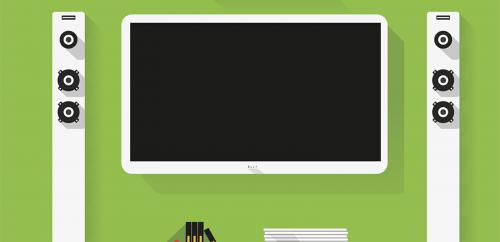In spite of watching nearly nine hours of television every day, new reports show American home entertainment energy usage is dropping. How is this possible?
First, after the new voluntary set-top box energy conservation agreement among video providers was solidified about a year ago, 85 percent of new set top boxes being purchased meet Energy Star 3 efficiency standards. Some models offer even more energy savings. So right off the bat, the most common devices for accessing multi-channel programming – your cable box - is becoming significantly less energy hungry. But this isn’t the only piece of the puzzle. A new report from the Consumer Electronics Association showed that the 3.8 billion consumer electronic devices in use in American homes in 2013 consumed 169 TWh. Compare that to 2010 when 2.9 billion devices used 193 TWh. For cable’s part, the report noted that cable set-top boxes had 20 percent lower energy consumption per device than in 2010.
Plus, a new commitment between cable operators and engineers has the two pledging to further reduce energy by 2020. And while TVs are one of our biggest entertainment energy users, the report revealed that more people are watching TV on new, energy efficient LCD screens. This contributed a 20 percent drop in overall TV energy consumption. The report also showed (to the surprise of none) that more people are entertaining themselves on non-TV devices like tablets and smartphones. Compared to TVs and desktop computers, handheld devices like these are remarkably energy efficient. A tablet use nearly nine times less energy than a PC.
Read the entire CEA report produced by Fraunhofer here and discover for yourself how good the tech industry is creating green tech.
